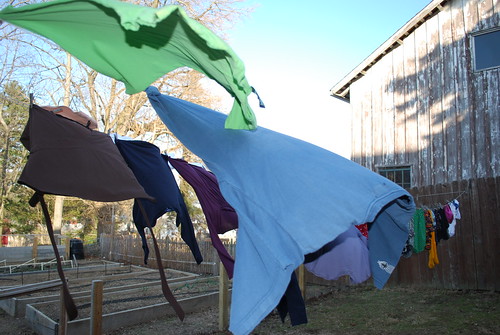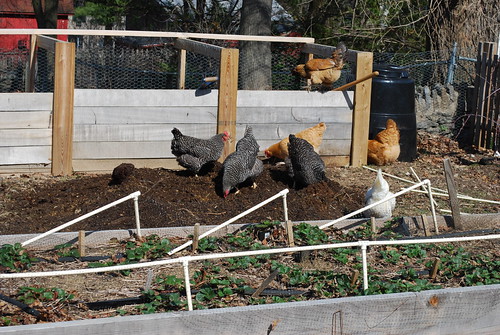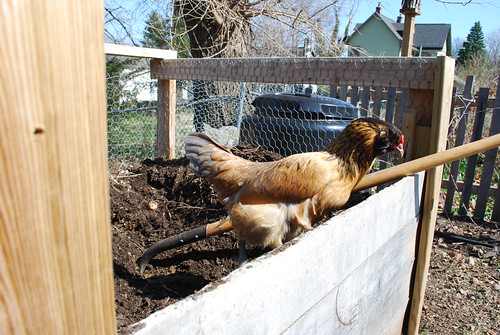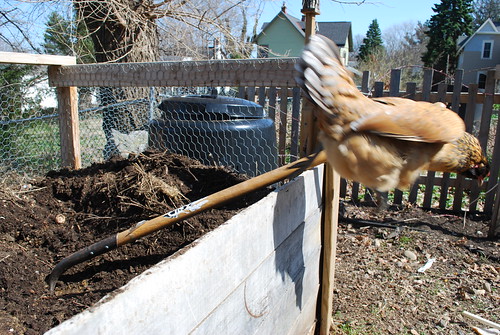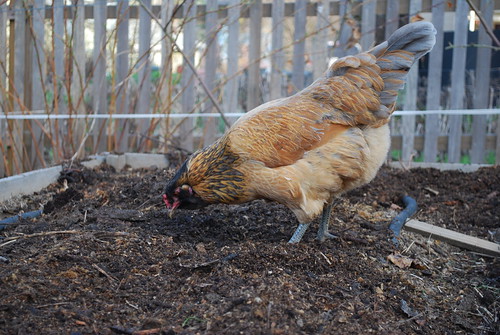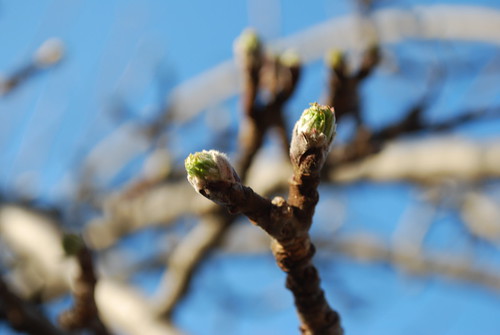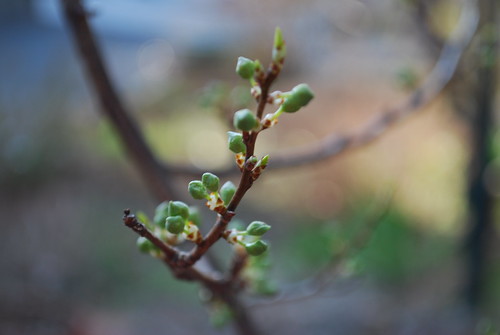-
Recent Posts
Recent Comments
Tags
architecture art autumn boats Books christmas colors Cooking DIY everything else Family Farm Features flowers food garden gardening HAIRSTYLES holidays Kids knit Knitting Knitting & Spinning Lighthouses Martha's Vineyard Massachusetts Memories New England New Jersey New York New York City Oak Bluffs Pets photo a day photo a day challenge Photographs postaweek Seasons Sewing sky Spinning Uncategorized water Wordpress yarnArchives
- January 2026 (1)
- December 2025 (4)
- November 2025 (3)
- October 2025 (1)
- September 2025 (1)
- August 2025 (1)
- July 2025 (1)
- June 2025 (1)
- May 2025 (1)
- April 2025 (1)
- March 2025 (3)
- February 2025 (2)
- December 2024 (1)
- November 2024 (1)
- October 2024 (1)
- September 2024 (1)
- August 2024 (2)
- June 2024 (3)
- May 2024 (1)
- April 2024 (1)
- March 2024 (3)
- February 2024 (1)
- December 2023 (4)
- November 2023 (3)
- October 2023 (1)
- September 2023 (3)
- August 2023 (3)
- July 2023 (4)
- June 2023 (1)
- May 2023 (2)
- April 2023 (3)
- March 2023 (3)
- February 2023 (2)
- January 2023 (5)
- December 2022 (4)
- November 2022 (2)
- October 2022 (2)
- September 2022 (1)
- August 2022 (1)
- July 2022 (5)
- June 2022 (5)
- May 2022 (5)
- April 2022 (2)
- March 2022 (2)
- February 2022 (1)
- January 2022 (2)
- December 2021 (2)
- November 2021 (2)
- October 2021 (5)
- September 2021 (6)
- August 2021 (6)
- July 2021 (3)
- June 2021 (4)
- May 2021 (4)
- April 2021 (1)
- March 2021 (6)
- February 2021 (7)
- January 2021 (6)
- December 2020 (4)
- November 2020 (6)
- October 2020 (3)
- September 2020 (4)
- August 2020 (3)
- July 2020 (6)
- June 2020 (6)
- May 2020 (4)
- April 2020 (5)
- March 2020 (3)
- February 2020 (2)
- December 2019 (1)
- November 2019 (4)
- October 2019 (8)
- September 2019 (4)
- August 2019 (11)
- July 2019 (8)
- June 2019 (29)
- May 2019 (22)
- April 2019 (18)
- March 2019 (26)
- February 2019 (21)
- January 2019 (58)
- December 2018 (207)
- November 2018 (108)
- October 2018 (34)
- September 2018 (31)
- August 2018 (35)
- July 2018 (41)
- June 2018 (110)
- May 2018 (60)
- April 2018 (25)
- March 2018 (23)
- February 2018 (10)
- January 2018 (17)
- December 2017 (22)
- November 2017 (15)
- October 2017 (32)
- September 2017 (16)
- August 2017 (17)
- July 2017 (19)
- June 2017 (12)
- May 2017 (14)
- April 2017 (12)
- March 2017 (9)
- February 2017 (23)
- January 2017 (20)
- December 2016 (43)
- November 2016 (31)
- October 2016 (20)
- September 2016 (28)
- August 2016 (28)
- July 2016 (40)
- June 2016 (81)
- May 2016 (38)
- April 2016 (39)
- March 2016 (28)
- February 2016 (31)
- January 2016 (37)
- December 2015 (43)
- November 2015 (44)
- October 2015 (56)
- September 2015 (39)
- August 2015 (36)
- July 2015 (42)
- June 2015 (46)
- May 2015 (43)
- April 2015 (57)
- March 2015 (58)
- February 2015 (56)
- January 2015 (39)
- December 2014 (60)
- November 2014 (73)
- October 2014 (67)
- September 2014 (63)
- August 2014 (80)
- July 2014 (81)
- June 2014 (85)
- May 2014 (86)
- April 2014 (87)
- March 2014 (93)
- February 2014 (89)
- January 2014 (89)
- December 2013 (107)
- November 2013 (89)
- October 2013 (79)
- September 2013 (90)
- August 2013 (94)
- July 2013 (112)
- June 2013 (104)
- May 2013 (151)
- April 2013 (139)
- March 2013 (140)
- February 2013 (119)
- January 2013 (138)
- December 2012 (136)
- November 2012 (175)
- October 2012 (154)
- September 2012 (158)
- August 2012 (181)
- July 2012 (194)
- June 2012 (171)
- May 2012 (204)
- April 2012 (203)
- March 2012 (214)
- February 2012 (118)
- January 2012 (52)
- December 2011 (37)
- November 2011 (27)
- October 2011 (26)
- September 2011 (23)
- August 2011 (8)
- July 2011 (12)
- June 2011 (11)
- May 2011 (12)
- April 2011 (9)
- March 2011 (16)
- February 2011 (11)
- January 2011 (13)
- November 2010 (6)
- October 2010 (12)
- September 2010 (11)
- August 2010 (15)
- July 2010 (15)
- June 2010 (4)
- May 2010 (5)
- April 2010 (3)
- March 2010 (3)
- February 2010 (7)
- January 2010 (11)
- December 2009 (11)
- November 2009 (14)
- October 2009 (17)
- September 2009 (9)
- August 2009 (8)
- July 2009 (1)
- June 2009 (5)
- May 2009 (15)
- April 2009 (5)
- March 2009 (4)
- January 2009 (2)
- December 2008 (1)
- November 2008 (1)
- September 2008 (2)
- August 2008 (1)
Contributors
- Cloth-n-Clay
- Adri Makes a Thing or Two
- Ambersambry Blog
- Booking Through Thursday
- Caroline Fryar
- Cherished Moments
- chez farm
- Dave and Lisa’s Backyard
- Dragan's Project Page
- Fyberspace's Blog
- Gilead Goats
- Grandmatutu musings
- It’s MY Life! (Diary of a Mom, Pet Owner and Fiber Artist)
- Knit Mainea!
- Knitting Scholar
- librarysarie
- maggistitches
- Maltese Parakeet
- Marla Holt
- Merry Magpie Farm
- Midwest Yarn
- MV Obsession
- Nishikot: Crafty things from Sheeri
- Punctuality Rules!
- Ramble the Travelling Ram
- Rebecca’s Pocket
- Red Dirt Knitter
- Retired, but not Retiring
- Rhymes with Flurms
- Stoneview
- Sundaybee's Blog
- Sunset Cat Designs
- Thoughts of the Day
- Through Jersey Eyes
Meta
Monthly Archives: March 2011
Project Details: Socks & Bunnies
The bunnies are finally making their way off to their owner today. They've been done and sitting here waiting patiently. I decided, and I realize this will sound lazy, that they're pretty cute without features added, they can take up any mood.
Comments Off on Project Details: Socks & Bunnies
Playing with Poop and a Poke in the Eye
Yesterday I attended a great workshop on parasite managment, including doing fecal samples on a MacMaster slide, and FAMACHA training. It’s a great program, designed to educate small ruminant producers on sustainable ways to manage the parasite load in their animals and pastures.
It includes lots of information about the life cycles of parasites, reproduction, ways to measure the amount of parasites in your animals, and best practices for preventing parasite resistance to dewormers. Basically, there are only 3 types of deworming chemicals that you can use, and the worms are getting resistant at an alarming rate. While we do need to treat our animals who are suffering from an infestation, we don’t necessarily need to treat the entire flock all at once. Something like 30% of the flock will be carrying 80-90% of the egg producing parasite, so if we only treat that 30%, then only those egg producers will get exposed to the deworming chemical, and perhaps pass on some immunity to their eggs. Any egg producing parasites in the remaining 70% of the flock that did not get treated, (and which are not causing any disease to the animal) will not be exposed to the drug, therefore, not building up resistance in the next generation of eggs. The idea being, that since we can never eliminate all the parasites, we can at least keep a portion of the parasite population from being exposed to the drugs, thereby reducing overall resistance in the parasite population.
Then the class introduced a few different methods to determine which animals are in the 30% to treat category. One being FAMACHA scoring, in which you compare the mucuos membranes of the eye to a card, to determine what level of anemia there is, if any, in that animal. (you don’t really poke them in the eye, it doesn’t hurt them at all) Anemia being a good indicator of barberpole worm infestation, as they are blood sucking worms. Another method is body scoring for condition, and the last being actual fecal sample testing, under a microscope, and counting the eggs.
I definitely feel like I have a much better understanding of what’s going on with the parasites, and will make some changes to the way that I approach the management of both my animals and my pastures. I highly recommend this workshop/training to anyone who is raising sheep or goats. Anyone who is interested can contact me for contact info for your state.
Now, if someone can direct me to an inexpensive microscope, I’d like to do fecal counts on the rest of my flock. The samples I brought were for Seymour and Nola, and they were both super low numbers, so looking good for now. But, spring is coming, and that’s when things start getting interesting. I’m hoping to keep right on top of it this year, and use less chemical and more herbal treatments, but I want to be able to continue to check for efficacy.
Being a shepherd is so glamorous.
Comments Off on Playing with Poop and a Poke in the Eye
Tagged Uncategorized
What a Beautiful Weekend it Was!
This was the first line-dried laundry of the season:
My plan was to begin planting, I have planting charts from the Penn State Extension Service, Burpee seeds, maps of my beds, square foot gardening plans...
My first job was to dig out the compost bin that has been sitting all winter and get a pile ready for pole beans, and sprinkle a nice coating on the garden beds etc. As it turns out the only thing happier than a pig in shit is a chicken in compost!
We don't get to see a lot of Ethel, she is a pretty independent hen, but she had just as much fun in the compost as everyone else.
But the day was so lovely I got sidetracked and whileI did get the chickens got the compost spread, I lolled about a lot and watched the flowers!
We are expected to get cold and a "wintry mix" on Wednesday, so planting can wait until next weekend! Spinach, collards, peas, shallots and garlic will be the first to go in!
My plan was to begin planting, I have planting charts from the Penn State Extension Service, Burpee seeds, maps of my beds, square foot gardening plans...
My first job was to dig out the compost bin that has been sitting all winter and get a pile ready for pole beans, and sprinkle a nice coating on the garden beds etc. As it turns out the only thing happier than a pig in shit is a chicken in compost!
We don't get to see a lot of Ethel, she is a pretty independent hen, but she had just as much fun in the compost as everyone else.
But the day was so lovely I got sidetracked and while
Lenten Rose (hellebores)
Apples
Plums
We are expected to get cold and a "wintry mix" on Wednesday, so planting can wait until next weekend! Spinach, collards, peas, shallots and garlic will be the first to go in!
Vernal Equinox
This Sunday, the first day of spring, we climbed up Lantern Hill. By the light of the super moon we climbed along one side to the top and by the light of the first sunrise of spring we walked down the other. At the top the Westerly Morris Men danced for the 25th year. We met with friends, watched the men dance on the edge of a cliff and remembered: George Utter, a long time member of the team, recently passed away and though the last few years he could not make the climb he would wear the hobby horse and greet hikers at the base of the trail. A family was instructed to bring their mother, grandmother, great grandmother and great great grandmother's ashes to the annual event. They had never come before and were startled by how many people where there, but with everyone's support spoke a few words about her and scattered her ashes. We drank a toast in George's memory and went to breakfast, in that order. Pictures from the morning here.
~~~
I have hit a bit of a bump project wise. I was sick for about a week and then have had a lot of other things to do, housesitting, extra hours at work, extra babysitting gigs, taxes, etc. I have made one more mix cd, but the recipients haven't gotten it yet, so I won't share more about that yet. The bunnies were waiting for pom-poms to be dredged from some yet to be found corner of a box in a box in the closet, but that may be a lost cause. I have started to learn how to knit two socks at a time but as with many new projects starting is the slowest part. Hopefully, I will have something made to share soon.
Comments Off on Vernal Equinox
How to Knit: Casting On
These tutorials were originally posted at the Juniper Moon Farms blog. I want to thank Susie for letting me post on her terrific blog, and encourage you to go visit it - nothing beats Juniper Moon for photos of puppies, pigs, chickens, llamas .. and if you have a hankering, they are looking for a Farm Manager......
When Susie put out the all-call for possible blog contributors, she probably figured nobody would actually volunteer to embarrass themselves publicly on video demonstrating knitting done their way! Well, I figure, what the heck! So I am here laying out my knitting skills for all of you to see – please be gentle!
When Susie put out the all-call for possible blog contributors, she probably figured nobody would actually volunteer to embarrass themselves publicly on video demonstrating knitting done their way! Well, I figure, what the heck! So I am here laying out my knitting skills for all of you to see – please be gentle!
I really love teaching people how to knit, but what I really like is knowing why something works, or doesn’t work. Why are there umpteen million ways to cast-on, decrease, bind off? How is knitting constructed? Why do some ways to knit work better than others? I was taught by my mom, who was taught by her Aunt Addie, when I was pretty young, I don’t remember learning. I do know that I was a very successful knitter for many, many years without being able to follow certain lace or stitch patterns before I realized I knit “backwards”. I took a class and saw how my knitting was constructed differently, and presto- a light went off in my head and I became so much more aware of how knitting was actually constructed, stitch patterns were developed and why there are really no mistakes or wrong ways to knit.
Anyway, I plan on a series of videos, hopefully one set every month, which will show you not only how to do something, but why you are doing it that way, and why that way and not another way. I hope that will help de-mystify knitting, and make you not afraid of your knitting, and not a captive of instructions.
So, here we go, with the first four videos of Knitting According to Lisa: Casting On!
Long Tail Cast-On: the basic all-purpose cast-on edge
Crochet Cast-On: where you don’t run out of yarn and which you can also use to decorate a hanger
Knitting-On Cast-On: just how the heck do you cast on in the middle of your knitting?
Provisional Cast-On: my favorite because I tend to be hard on my knitting and this one does not fall out!
Long Tail Cast-On: the basic all-purpose cast-on edge
Long Tail Cast-On from Lisa Stockebrand on Vimeo.
Crochet Cast-On: where you don’t run out of yarn and which you can also use to decorate a hanger
Crochet Cast-On from Lisa Stockebrand on Vimeo.
Knitting-On Cast-On: just how the heck do you cast on in the middle of your knitting?
Knitting On Stitches from Lisa Stockebrand on Vimeo.
Provisional Cast-On: my favorite because I tend to be hard on my knitting and this one does not fall out!
Provisional Cast-On from Lisa Stockebrand on Vimeo.
Comments Off on How to Knit: Casting On
Tagged Fiber Farm, Juniper Moon Fiber Farm, Knitting, knitting video, tutorial, video
How to Knit: Casting On
These tutorials were originally posted at the Juniper Moon Farms blog. I want to thank Susie for letting me post on her terrific blog, and encourage you to go visit it - nothing beats Juniper Moon for photos of puppies, pigs, chickens, llamas .. and if you have a hankering, they are looking for a Farm Manager......
When Susie put out the all-call for possible blog contributors, she probably figured nobody would actually volunteer to embarrass themselves publicly on video demonstrating knitting done their way! Well, I figure, what the heck! So I am here laying out my knitting skills for all of you to see – please be gentle!
When Susie put out the all-call for possible blog contributors, she probably figured nobody would actually volunteer to embarrass themselves publicly on video demonstrating knitting done their way! Well, I figure, what the heck! So I am here laying out my knitting skills for all of you to see – please be gentle!
I really love teaching people how to knit, but what I really like is knowing why something works, or doesn’t work. Why are there umpteen million ways to cast-on, decrease, bind off? How is knitting constructed? Why do some ways to knit work better than others? I was taught by my mom, who was taught by her Aunt Addie, when I was pretty young, I don’t remember learning. I do know that I was a very successful knitter for many, many years without being able to follow certain lace or stitch patterns before I realized I knit “backwards”. I took a class and saw how my knitting was constructed differently, and presto- a light went off in my head and I became so much more aware of how knitting was actually constructed, stitch patterns were developed and why there are really no mistakes or wrong ways to knit.
Anyway, I plan on a series of videos, hopefully one set every month, which will show you not only how to do something, but why you are doing it that way, and why that way and not another way. I hope that will help de-mystify knitting, and make you not afraid of your knitting, and not a captive of instructions.
So, here we go, with the first four videos of Knitting According to Lisa: Casting On!
Long Tail Cast-On: the basic all-purpose cast-on edge
Crochet Cast-On: where you don’t run out of yarn and which you can also use to decorate a hanger
Knitting-On Cast-On: just how the heck do you cast on in the middle of your knitting?
Provisional Cast-On: my favorite because I tend to be hard on my knitting and this one does not fall out!
Long Tail Cast-On: the basic all-purpose cast-on edge
Long Tail Cast-On from Lisa Stockebrand on Vimeo.
Crochet Cast-On: where you don’t run out of yarn and which you can also use to decorate a hanger
Crochet Cast-On from Lisa Stockebrand on Vimeo.
Knitting-On Cast-On: just how the heck do you cast on in the middle of your knitting?
Knitting On Stitches from Lisa Stockebrand on Vimeo.
Provisional Cast-On: my favorite because I tend to be hard on my knitting and this one does not fall out!
Provisional Cast-On from Lisa Stockebrand on Vimeo.
Comments Off on How to Knit: Casting On
Tagged Fiber Farm, Juniper Moon Fiber Farm, Knitting, knitting video, tutorial, video
I’m a Guest blogger!
If you look down my blog list over there on the right, you will see a Guest Blog post over at Juniper Moon Fiber farm, well, that's me! I am working on a series of how-to videos on knitting: "Knitting According to Lisa" and the first set of 4 - Casting On are up!
Comments Off on I’m a Guest blogger!
I’m a Guest blogger!
If you look down my blog list over there on the right, you will see a Guest Blog post over at Juniper Moon Fiber farm, well, that's me! I am working on a series of how-to videos on knitting: "Knitting According to Lisa" and the first set of 4 - Casting On are up!
Comments Off on I’m a Guest blogger!
I’m a Guest blogger!
If you look down my blog list over there on the right, you will see a Guest Blog post over at Juniper Moon Fiber farm, well, that's me! I am working on a series of how-to videos on knitting: "Knitting According to Lisa" and the first set of 4 - Casting On are up!
Comments Off on I’m a Guest blogger!
A Beautiful Saturday
Yesterday was beautiful - as in yes maybe Spring is on it's way beautiful!
Forsythia buds:
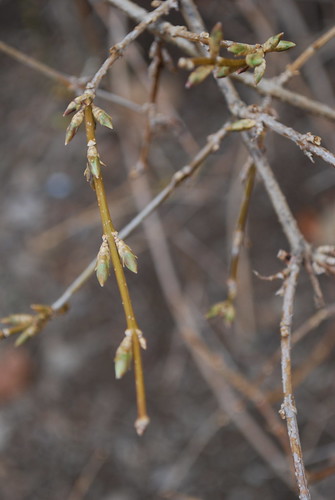
Snowdrops and Hosta
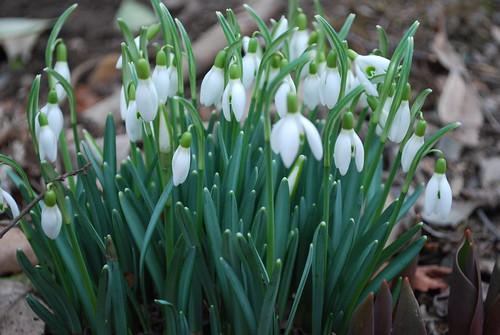
Teeny Crocus

Plum
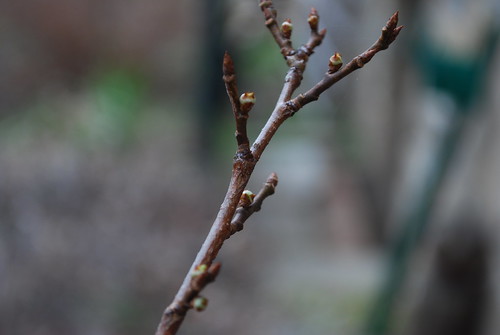
Day-lily:

Aggie on the rocks

And that Betty, such a ham - er - chicken!
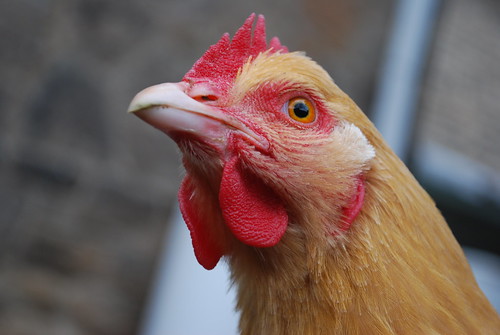
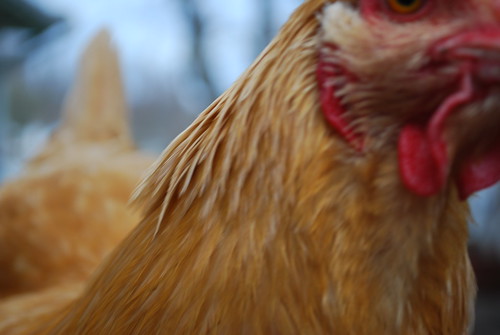
Forsythia buds:

Snowdrops and Hosta

Teeny Crocus

Plum

Day-lily:

Aggie on the rocks

And that Betty, such a ham - er - chicken!


Comments Off on A Beautiful Saturday
Tagged Aggie, Betty. Batty, buds, chickens, spring


